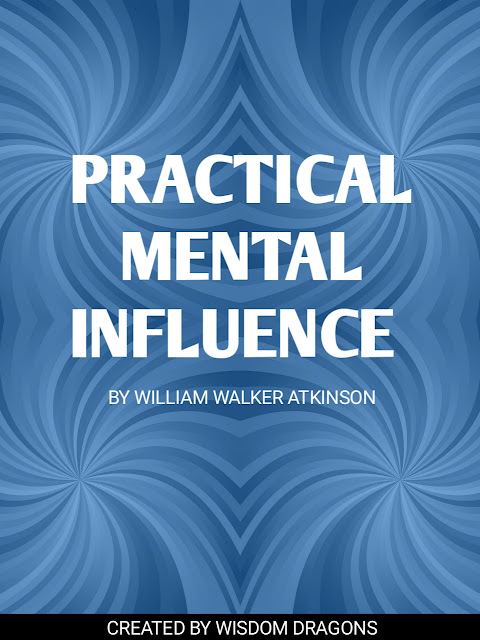THE RIDDLE OF LIFE/PART 1
|
Plate I Astral Body in Intense Anger |
Plate II Astral Body of the Savage |
Plate III Astral Body of Man in Love |
|
Plate
IV Astral
Body of Developed Man |
CHAPTER
I
THE
MEANING OF THEOSOPHY
THE
word Theosophy is now on the lips of many, and as M. Jourdain spoke prose
without knowing it, so many are theosophists who do not realise it. For
Theosophy is Divine Wisdom, and that Wisdom is the Light which lighteth every
man who cometh into the world. It belongs to none exclusively; it belongs to
each inclusively; the power to receive it is the right to possess it; the fact
of possession makes the duty of sharing. Every religion, every philosophy,
every science, every activity, draws what it has of truth and beauty from the
Divine Wisdom, but cannot claim it as its own against others. Theosophy does
not belong to the Theosophical Society; the Theosophical Society belongs to
Theosophy.
What
is the essence of Theosophy? It is the fact that man, being himself divine, can
know the Divinity whose life he shares. As an inevitable corollary to this
supreme truth comes the fact of the brotherhood of man. The divine Life is the
spirit in everything that exists, from the atom to the archangel; the grain of
dust could not be were God absent from it; the loftiest seraph is but a spark
from the eternal Fire, which is God. Sharers in one Life, all form one
brotherhood. The immanence of God, the solidarity of man, such are the basic
truths of Theosophy.
Its
secondary teachings are those which are the common teachings of all religions,
living or dead; the unity of God; the triplicity of His nature; the descent of spirit into
matter, and hence the hierarchies of intelligences, whereof humanity is one;
the growth of humanity by the unfoldment of consciousness and the evolution of
bodies—i.e., reincarnation; the progress of this growth under inviolable law,
the law of causality—i.e., karma; the environment to this growth, the three
worlds, physical, astral, and mental, or earth, the intermediate world and
heaven; the existence of divine Teachers, superhuman men.
All
religions teach or have taught these, though from time to time one or another
of these teachings may temporarily fall into the background; ever they
reappear—as the doctrine of reincarnation fell out of ecclesiastical
Christianity, but is now returning to it, was submerged, but is again emerging.
It
is the mission of the Theosophical Society as a whole to spread these truths in
every land, though no individual member is bound to accept any one of them;
every member is left absolutely free, to study as he pleases, to accept or to
reject; but if the Society, as a collectivity, ceased to accept and to spread
them, it would also cease to exist.
This
unity of teachings among the world-religions is due to the fact that they are
all founded by members of the Brotherhood of divine Teachers, the custodians of
the Divine Wisdom, of Theosophy. From this Brotherhood come out, from time to
time, the Founders of new religions, who ever bring with them the same
teachings, but shape the form of those teachings to suit the conditions of the
time, such as the intellectual stage of the people to whom They come, their
type, their needs, their capacities. The essentials are ever the same; the
non-essentials vary. This identity is shown in the symbols which appear in ail
faiths, for symbols form the common language of religions. The circle, the
triangle, the cross, the eye, the sun, the star, with many another, ever bear
their silent testimony to the fundamental unity of the religions of the world.
Understanding this, the Theosophical Society serves every religion within its
own domain, and draws them together into a Brotherhood.
In
morals, Theosophy builds its teachings on the unity, seeing in each form the
expression of a common life, and therefore the fact that what injures one
injures all. To do evil—i.e., to throw poison into the life-blood of
humanity—is a crime against the unity. Theosophy has no code of morals, being
itself the embodiment of the highest morality; it presents to its students the
highest moral teachings of all religions, gathering the most fragrant blossoms
from the gardens of the world-faiths. Its Society has no code, for any code
that could be generally imposed would be at the average low level of the day,
and the Society seeks to raise its members above the ordinary' level by ever
presenting to them the highest ideals, and infusing into them the loftiest
aspirations. It leaves aside the law of Moses to walk in the spirit of the
Buddha, of the Christ. It seeks to evolve the inner law, not to impose an
outer. Its method with its least evolved members is not expulsion, but
reformation.
The
embodiment of the Divine Wisdom in an organisation gives a nucleus from which
its life-forces may radiate. A new and strong link is thus made between the
spiritual and the material worlds; it is in very truth a sacrament, 'the
outward and visible sign of an inward and spiritual grace', a witness of the
life of God in man.
NEXT CHAPTER







Comments
Post a Comment